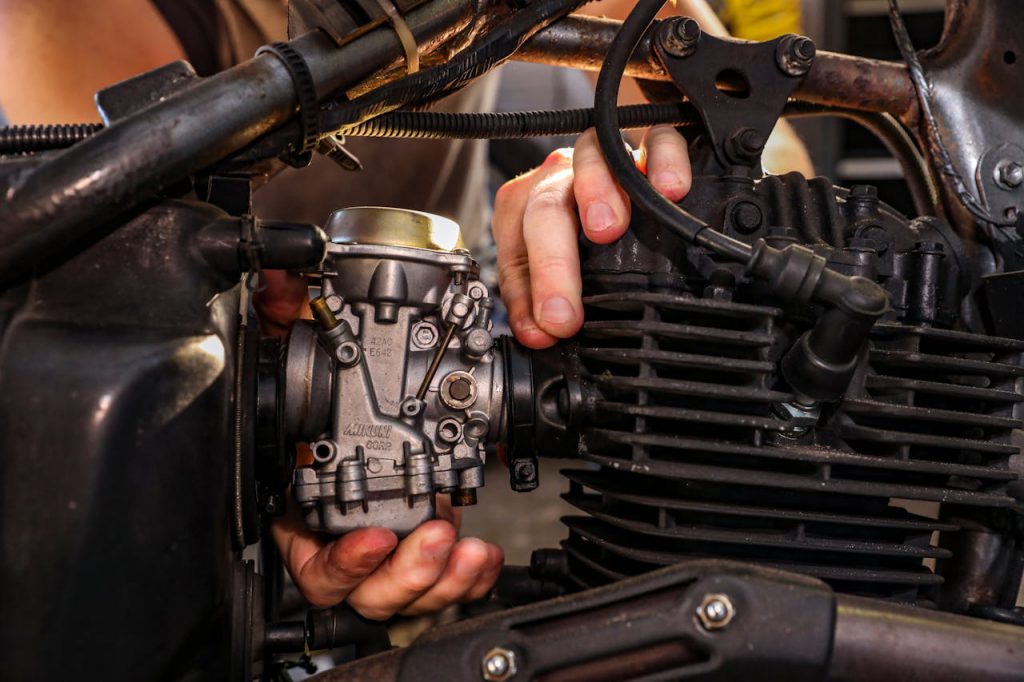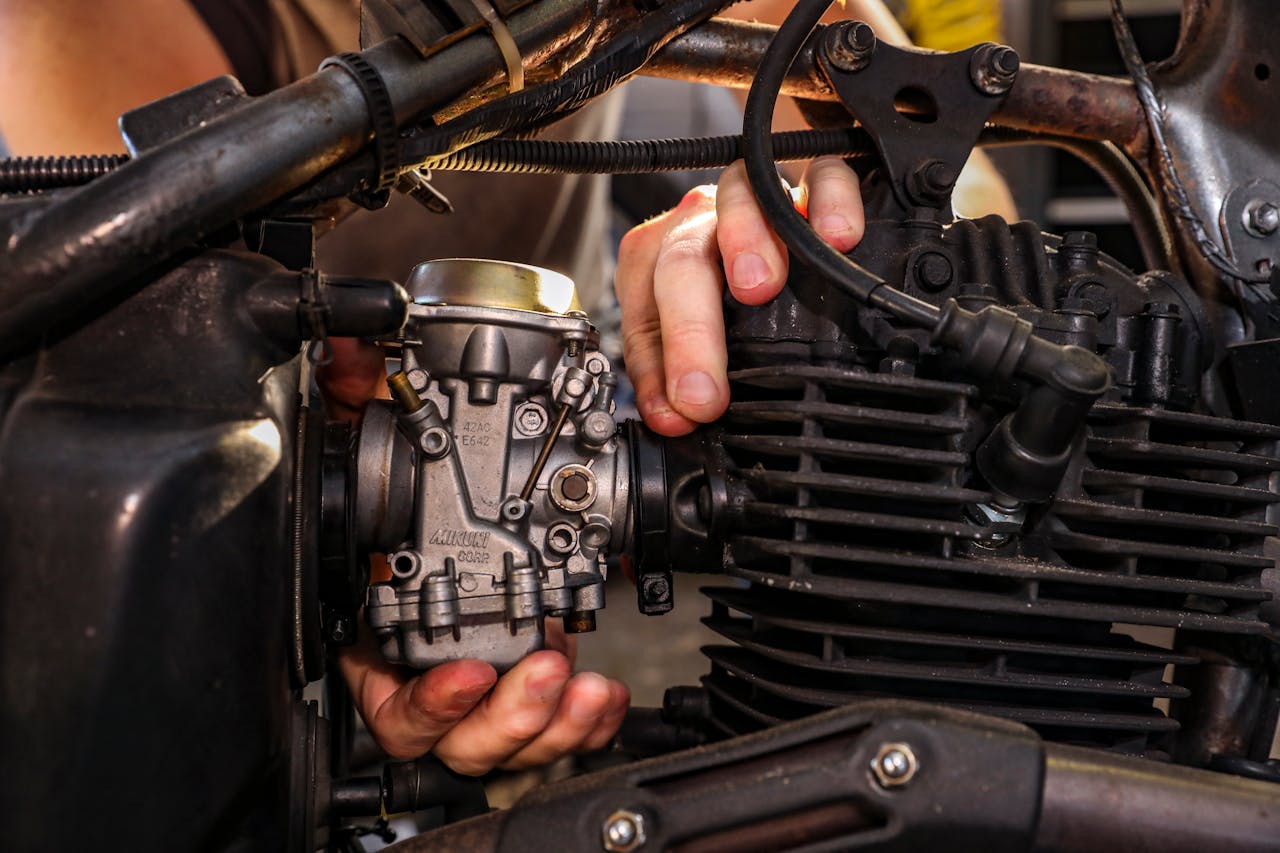Around 189,000 cars break down each day in the US, which costs the US economy $44 billion each year. Many of these vehicles are imported from overseas, with the Mexico, Japan, and Canada import markets the three largest, worth $34.1 billion, $32.9 billion, and $27 billion respectively.
Buying an imported car can seem like a great deal at first, but problems often arise down the road due to defective parts. This can lead to motor vehicle accidents, injuries, and fatalities that could have been avoided if the buyers were more informed about the many instances of product liability cases. Contact a car accident lawyer near you if this happens to you. Listed below there are seven of the most commonly defective parts found in imported vehicles.
Contents
- Wheel Bearings – One of the Most Common Causes of Car Accidents
- Engine Control Units – Imported Cars’ Engine Often Malfunction
- Oxygen Sensors
- Mass Airflow Sensors – Faulty Sensors that Damage the Entire Automovile
- Power Steering Pumps – A Common Denominator in American Car Accidents
- Catalytic Converters
- CV Joints – Wheel Malfunctions are the Leading Cause of Car Wrecks
Wheel Bearings – One of the Most Common Causes of Car Accidents
Worn out or defective wheel bearings are a common issue with imported cars. Symptoms include noise while cornering or accelerating, wheel wobbling, and uneven tire wear. Replacing worn wheel bearings is necessary to prevent catastrophic failure.
Worn out or defective wheel bearings can lead to excessive wheel wobbling or uneven tire wear. This greatly increases the chances of a tire blowout or the wheel literally falling off while driving, which could easily cause an accident.
Engine Control Units – Imported Cars’ Engine Often Malfunction
The engine control unit (ECU) is essentially the computer that controls various aspects of the engine and its performance. ECUs in imported vehicles often malfunction or fail prematurely. This can lead to poor fuel economy, emission control issues, stalling, and overall poor engine performance. Faulty ECUs in imported cars must often be replaced.

Oxygen Sensors
Oxygen sensors monitor the oxygen levels in the exhaust stream to help optimize fuel combustion. Defective oxygen sensors are common in imported cars. This can cause increased emissions, poor fuel economy, rough idling, and stalling. In some cases, simply cleaning or replacing the oxygen sensors can fix these issues.
Mass Airflow Sensors – Faulty Sensors that Damage the Entire Automovile
The mass airflow sensor measures the amount of air flowing into the engine. Faulty mass airflow sensors are a frequent issue in imported cars. This can lead to poor engine performance, decreased fuel economy, stalling, and problems starting the engine. Replacing the mass airflow sensor often resolves these problems.
Power Steering Pumps – A Common Denominator in American Car Accidents
The power steering pump circulates fluid to make steering easier. Leaky or worn out pumps are common in imported cars. This causes difficulty steering, power steering fluid leaks, and whining noises. Replacing the pump and flushing the system with new fluid is key.
A failed power steering pump makes it extremely difficult to turn the steering wheel. This loss of steering control significantly increases the likelihood of an accident, as the driver may not be able to maneuver properly. Steering failures lead to around 2,000 accidents each year in the US.
Catalytic Converters
The catalytic converter reduces emissions from the exhaust. Imported vehicles often have subpar catalytic converters that fail prematurely. This drastically increases emissions. Replacing the catalytic converter resolves this issue.
CV Joints – Wheel Malfunctions are the Leading Cause of Car Wrecks
CV joints connect the transmission to the wheels and allow the wheels to move up and down. Worn CV joints are common in imported cars, causing vibration and clunking noises during turns. Eventually the rubber boots tear, leading to the need for full CV joint replacement.
As the rubber boots deteriorate, the wheels can completely detach. This lack of stability and control raises the chances of an accident.
Performing routine maintenance and addressing issues promptly is key to maximizing the longevity of an imported car.



